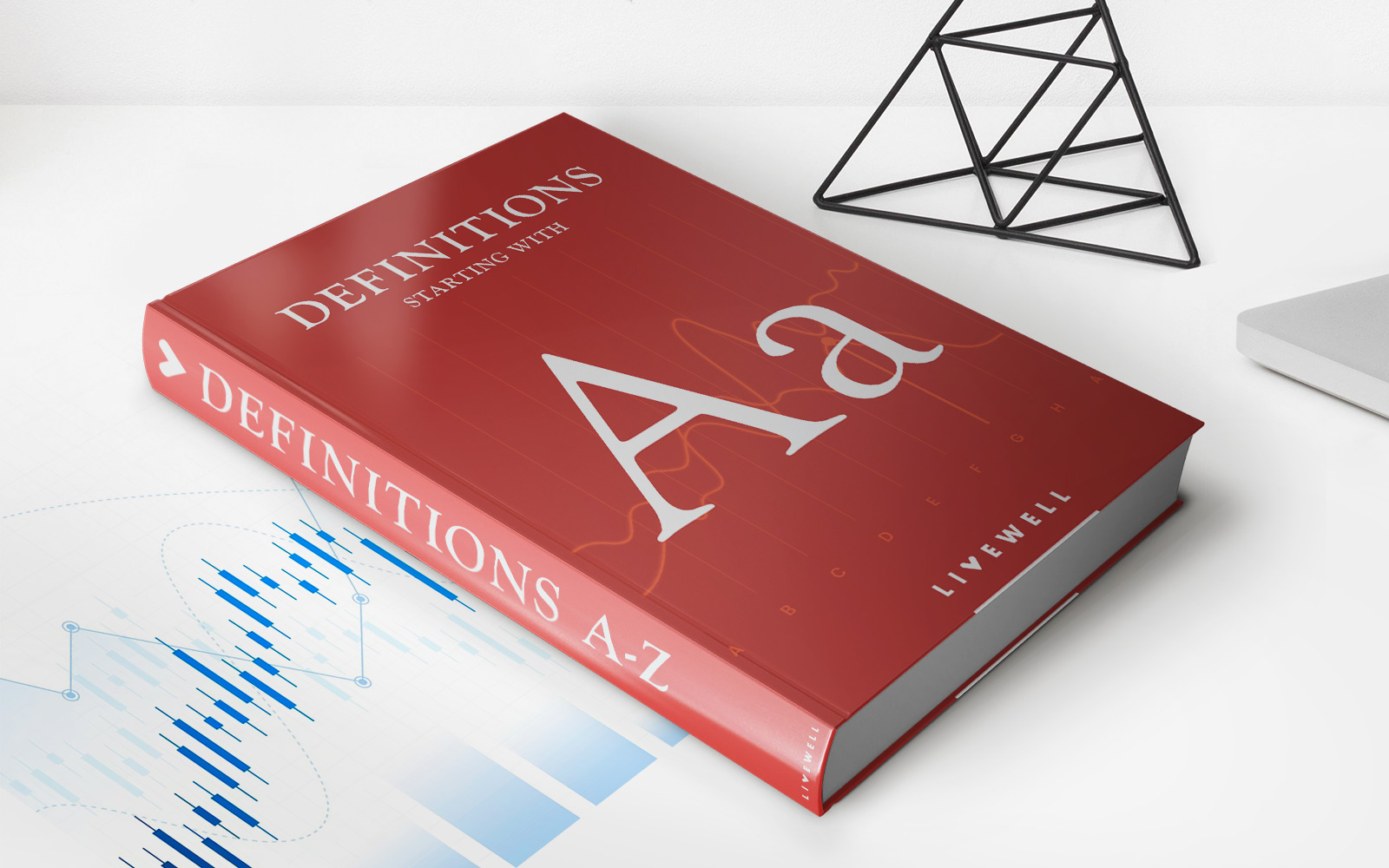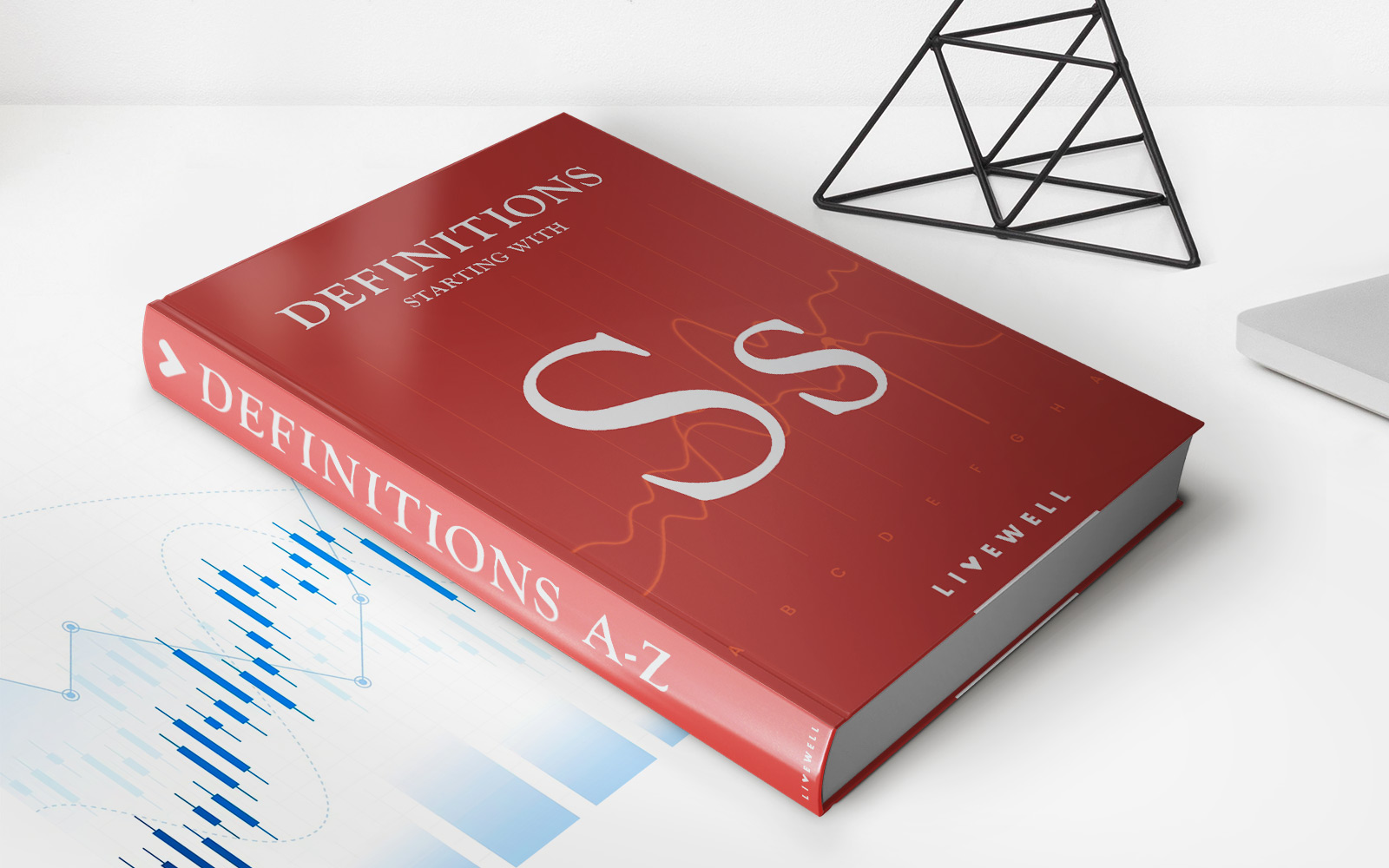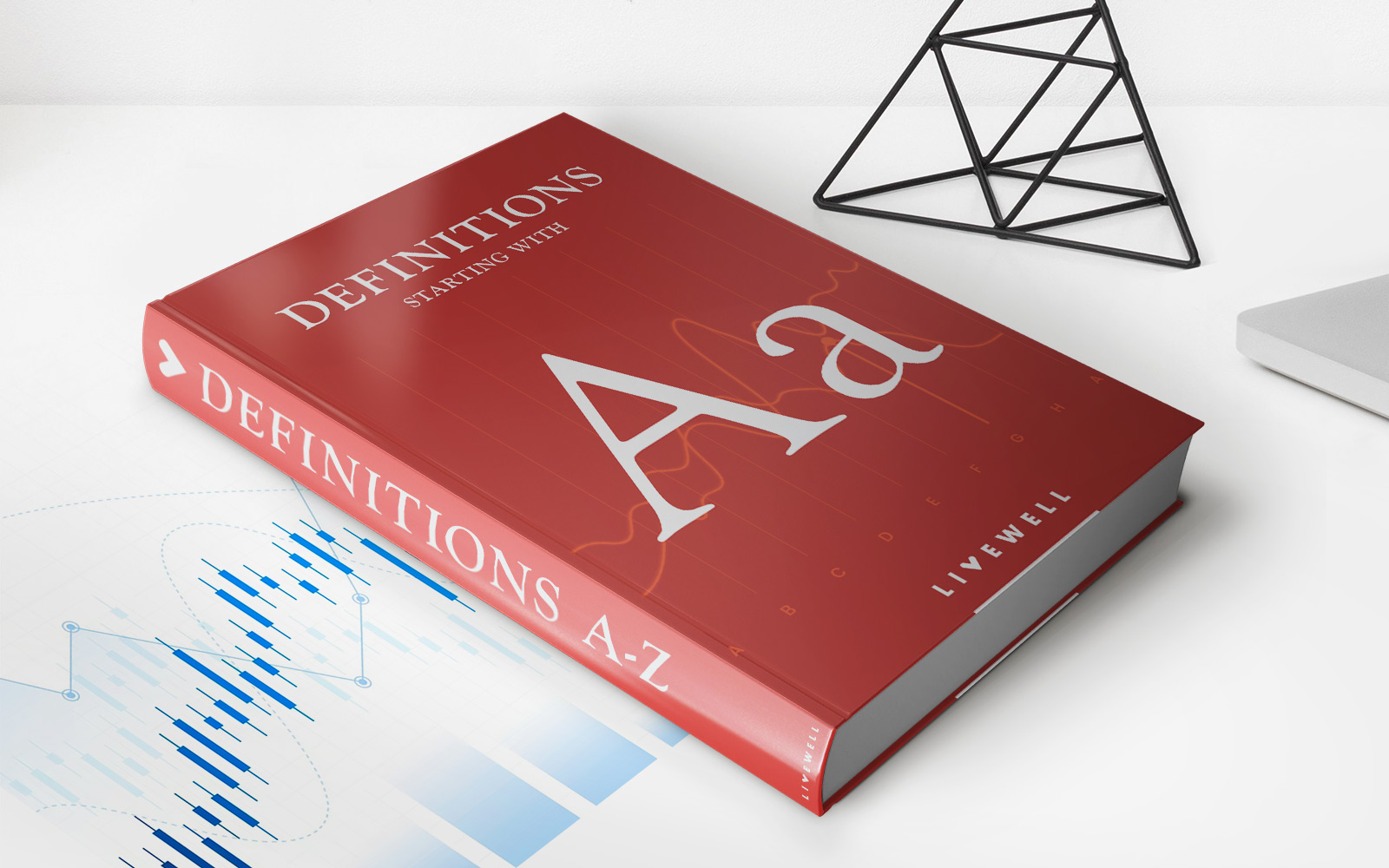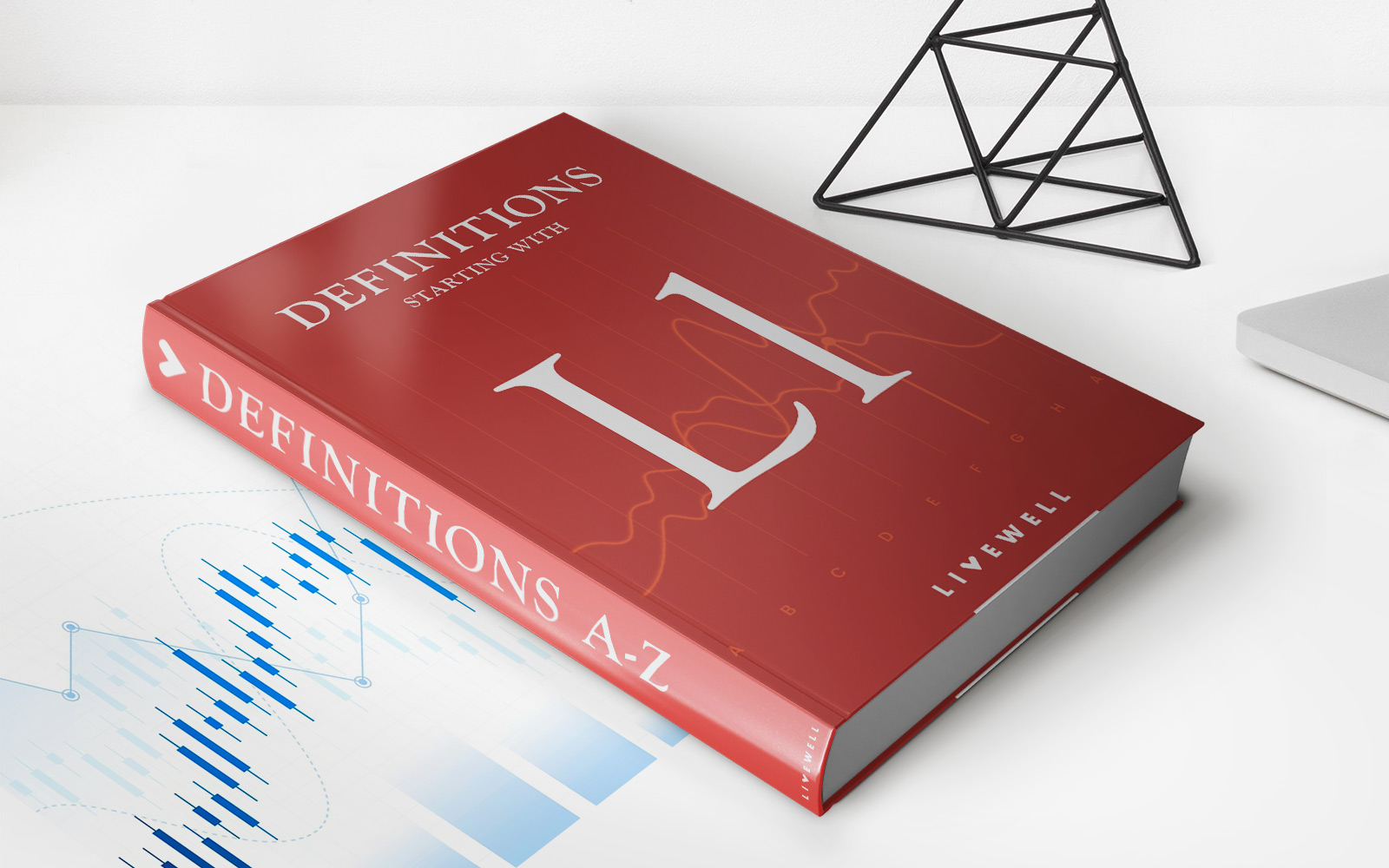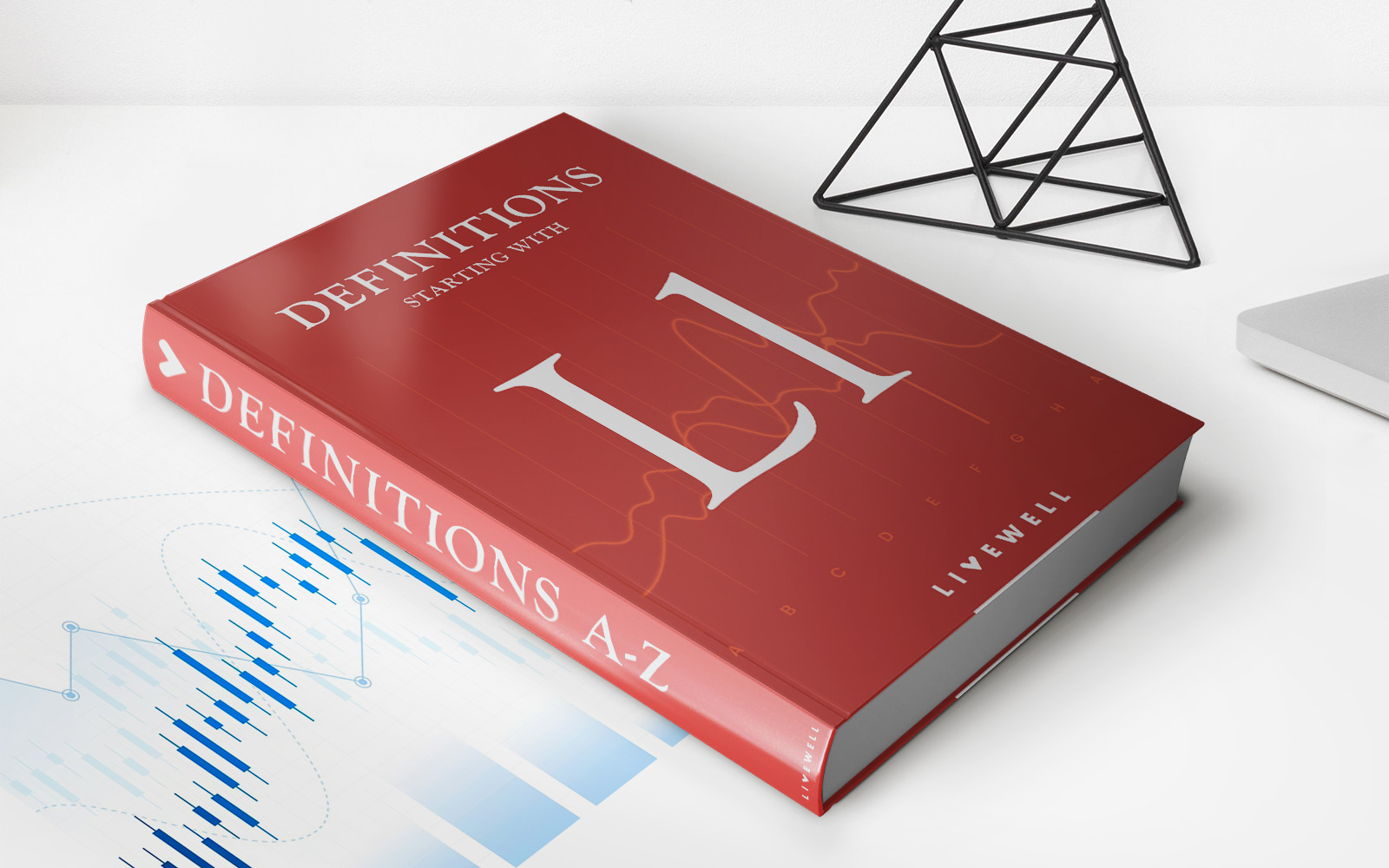

Finance
LIBOR-in-Arrears Swap Definition
Published: December 17, 2023
Learn the definition of a LIBOR-in-arrears swap in finance and how it can be beneficial for managing interest rate risks.
(Many of the links in this article redirect to a specific reviewed product. Your purchase of these products through affiliate links helps to generate commission for LiveWell, at no extra cost. Learn more)
Welcome to the World of Finance: LIBOR-in-Arrears Swap Definition
When it comes to navigating the complexities of the financial world, understanding the various instruments and strategies is crucial. Today, we will delve into the LIBOR-in-Arrears Swap, a financial tool that plays a significant role in the world of finance. Whether you’re a seasoned investor or new to the game, this blog post will provide you with a comprehensive definition and insights into the LIBOR-in-Arrears Swap.
Key Takeaways:
- A LIBOR-in-Arrears Swap allows parties to exchange future interest rates based on the LIBOR rate, an important benchmark in the global financial markets.
- Unlike a traditional swap, in a LIBOR-in-Arrears Swap, the floating rate is set based on past LIBOR fixings instead of current or projected rates.
So, what exactly is a LIBOR-in-Arrears Swap? Let’s break it down. A swap, in general, is a financial agreement between two parties to exchange future cash flows based on predetermined conditions. In this case, the LIBOR-in-Arrears Swap involves exchanging interest rates that are tied to the LIBOR rate.
What is LIBOR?
LIBOR stands for the London Interbank Offered Rate, which is the average interest rate at which banks can borrow from each other in the London money market. It serves as a global benchmark for short-term interest rates and is used by financial institutions worldwide to determine borrowing costs for a wide range of financial products, including loans, mortgages, and derivatives.
Defining LIBOR-in-Arrears Swap:
In a LIBOR-in-Arrears Swap, the floating rate is determined based on past LIBOR fixings, typically observed at regular intervals over a specified period. Unlike a traditional swap, where the floating rate is set based on current or projected rates, the LIBOR-in-Arrears Swap looks backward to calculate the interest rate.
It is important to note that a LIBOR-in-Arrears Swap is not commonly used by retail investors but is more prevalent among financial institutions and corporations managing large portfolios. The instrument allows these entities to hedge against interest rate fluctuations and manage cash flows more efficiently.
Benefits of a LIBOR-in-Arrears Swap:
Now that we have a clearer understanding of what a LIBOR-in-Arrears Swap is, let’s explore some of its key benefits:
- Effective Risk Management: The LIBOR-in-Arrears Swap provides a hedge against interest rate risks, helping parties mitigate potential losses in a volatile market.
- Improved Cash Flow: By using past LIBOR fixings to determine the floating rate, the LIBOR-in-Arrears Swap allows parties to have a better forecast of their future interest expenses or income.
In conclusion, a LIBOR-in-Arrears Swap is a financial instrument that enables parties to exchange interest rates based on past LIBOR fixings. While it may not be widely used by individual investors, understanding this concept is valuable for anyone looking to deepen their knowledge of finance. By gaining insights into different financial instruments, you can make more informed decisions and navigate the complex world of investing with confidence.
